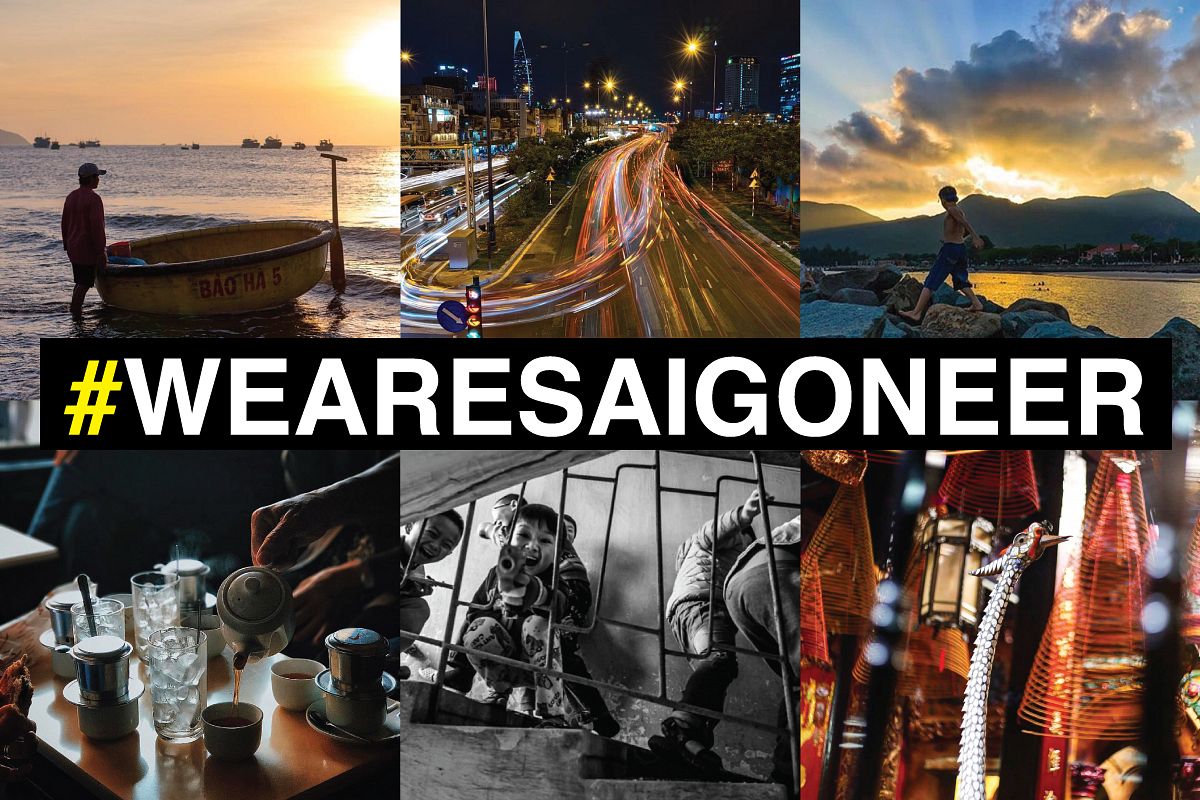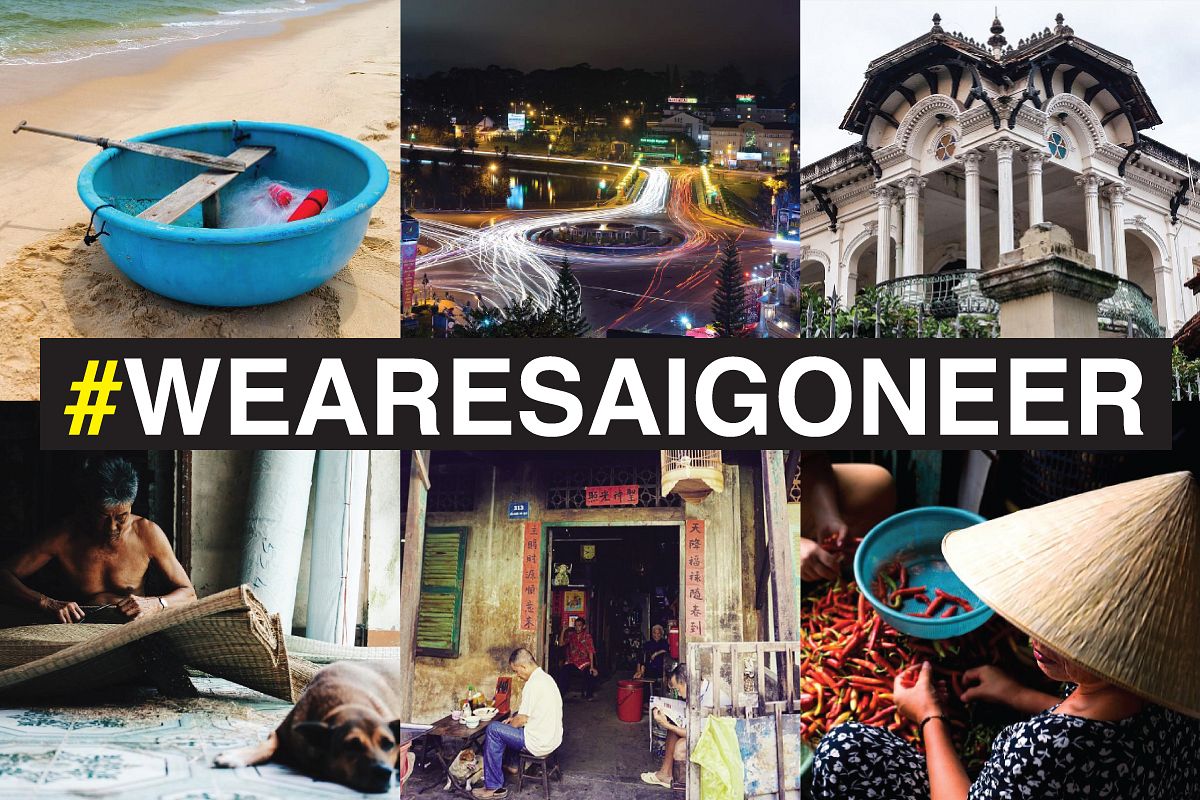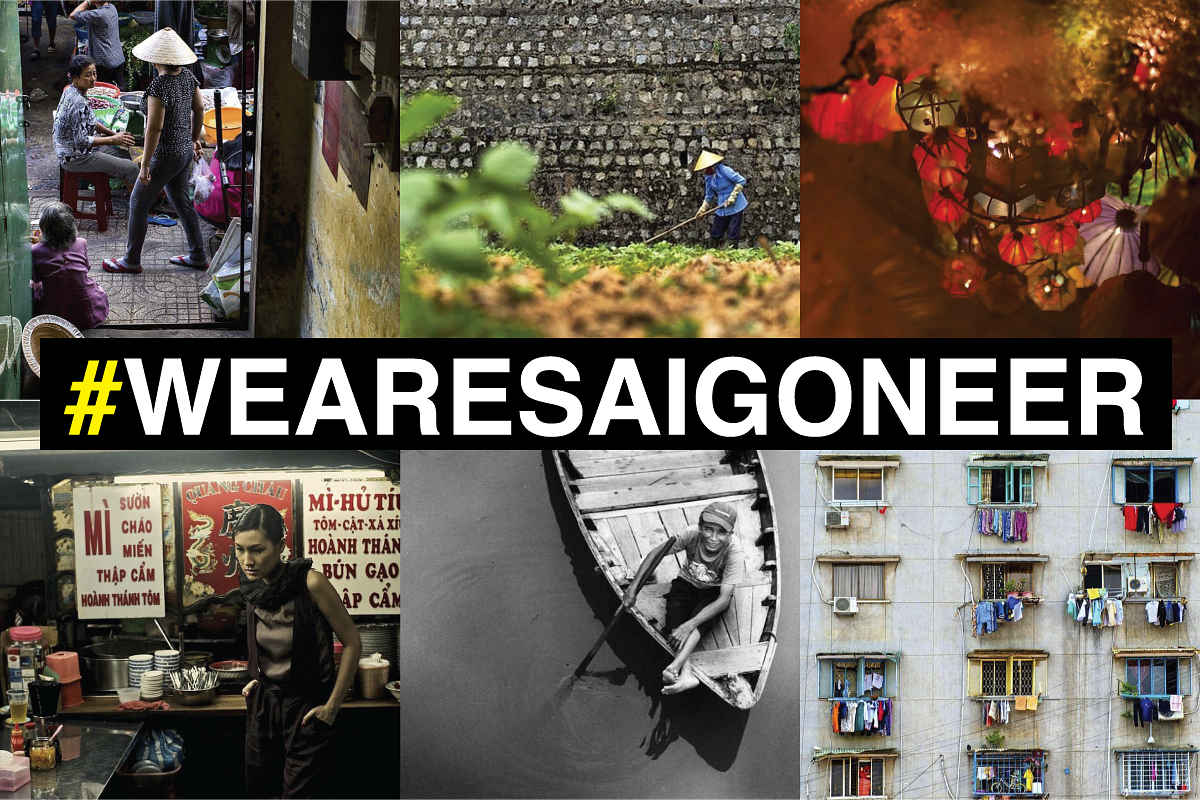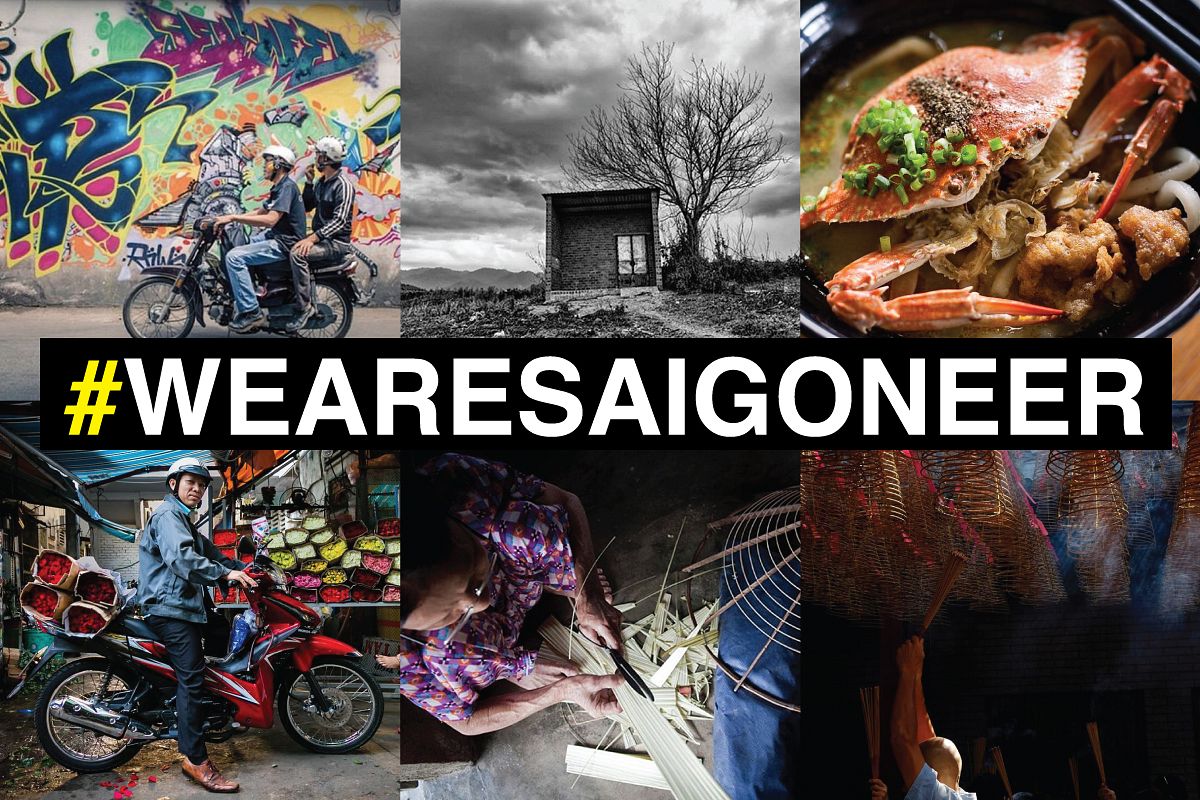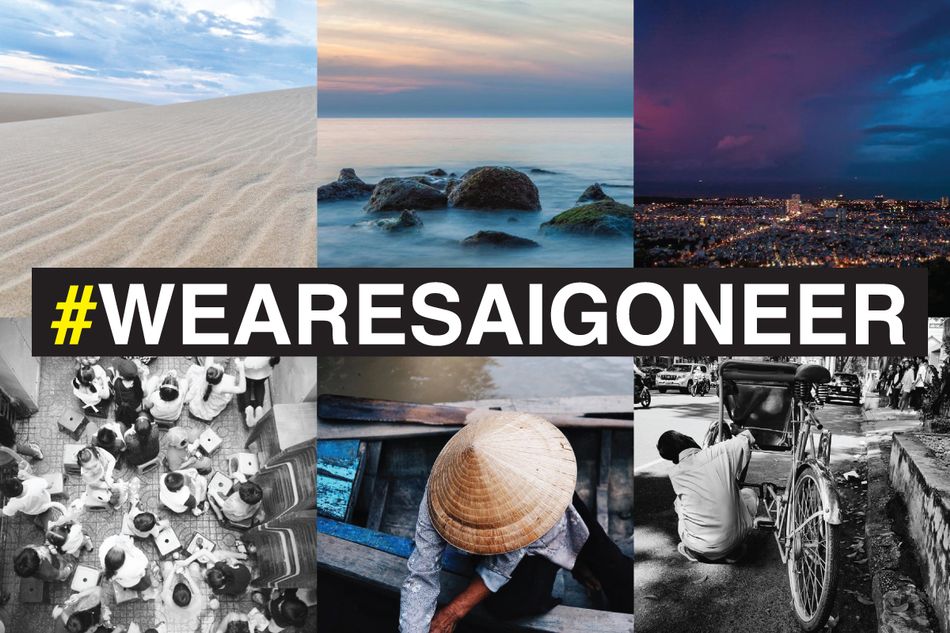A wonderfully shot love story set in a water-logged dystopian world, Nuoc 2030 is the first Vietnamese sci-fi film produced to international standards. Filmmaker Nguyen Vo Nghiem Minh discusses the futuristic flick's strong character development and how sci-fi could open a door for Vietnamese cinema.
Premiering in 2014 at the Berlin Film Festival and, more recently, at the Vietnam Film Festival, Nuoc 2030 is the second feature-length film by Saigon-born director Nguyen Vo Nghiem Minh. Though he now lives in the United States, Minh is in town, and we meet up at a popular local cafe on Le Thanh Ton; one of the things he misses abroad is the relaxed atmosphere of Vietnamese coffee shops.
The idea for Nuoc 2030 arrived in Minh's hands three years ago. Saigon Media, the company which held the rights to author Nguyen Ngoc Tu's short story Nuoc Nhu Nuoc Mat, upon which the film is based, approached Minh about turning it into a feature film.
“I liked the prose of the short story, and I found the characters very interesting, but when I wrote the script I realized that it was impossible to recreate the emotions I got from reading the book,” Minh tells Saigoneer. “It was only a few months later that I thought I could take off some characters and move the story to the future in a global warming frame.”
Though it's been labeled the first sci-fi film from Vietnam, Minh quickly clarifies that he does not see it as such. “[The story] is speculation,” he explains. “In this sense, that is not a sci-fi because it is not scientifically based and, to me, the characters are more important.”
The film opens with the mysterious death of Thi (Kim Long Thach), but it is clear from his wife, Sao (Quynh Hoa), there is more to this event than the audience sees. The story goes back in time, where a recognizable Saigon is mostly underwater after global warming has caused sea levels to rise. Here, Sao and Thi live happily and humbly on a floating farm, however there is something unspoken in Sao’s behavior that hints at part of her life not shown on screen.
The ambiguity escalates even further when Thi’s brother arrives and quickly leaves Sao’s boat – where she now lives – to pay respect to his deceased brother in one of the most beautiful underwater scenes in the film. Through another series of flashbacks, the narration reveals that 10 years before, Sao had a romantic encounter with an ambitious scientist named Giang – played by Quy Binh – who now leads scientific research on a floating farm. After Thi’s death, Sao is left to fend for herself and returns to face her past by finding employment on Giang’s farm.
In so many ways, Minh’s film breaks the conventional forms of narrative, relying instead on his characters and the composition of each frame. His film resembles a moving painting, alternating breathtaking overhead shots and panoramas with lyrical underwater images. Quynh Hoa pulls off the believable 10-year transition of her character, who goes from a young, inexperienced girl to a devoted wife and, ultimately, a confident woman unafraid of facing her unresolved past.
“I’m very fortunate to have had her in my film,” says Minh. “She was only 16 when she did Saigon Electric, but her presence was so strong in it. I offered her the role without auditioning.”
Abroad, cinema still seems to struggle with viewing female leads as capable of attracting audiences, especially in the often male-dominated world of sci-fi.
“It don’t think it is true, here or in the US, that women cannot lead films,” explains Minh. “Anyway, for me, it was not a problem because my film is not a commercial one.”
However, local cinema often shares the same obsession with casting beautiful actresses. Minh was surprised to find that after her success in Saigon Electric, Quynh Hoa not only struggled to find acting jobs but also that her voice was being dubbed on a TV series.
A visually poetic rendition of the relationship between Sao and the three men in her life, Nuoc 2030 does not aim to preach lessons about humanity and global warming but rather serves as an exploration into how people live, love and survive in a dystopian world. Even the film’s outline – a murder mystery mixed with a tangled love story – becomes secondary in the director’s vision.
“I want to tell a human story,” Minh explains. “Creating the murder mystery allowed me to show if [Sao] still loves [Giang], to challenge if she can still trust him when she understands that his scientific discovery can either be shared [with the rest of the world] or can potentially be deadly. She still has to make a decision if she wants to go back to him or not. I want to leave the option open to discussion. I don’t want to give the answers to the audience.”
The element of water is also another character in the narration. “[Water] is always present. Water is essential for our survival and it will change our lives if it will rise. It is a mix metaphor for life and death, which are opposites but they are inseparable,” he adds.
Bao Nguyen’s gob-smacking cinematography is perhaps the biggest surprise in the film, and it is what allows the untold part of the story to emerge. Nguyen, who directed the acclaimed documentary Live From New York!, also gives the film a grandiose and epic look never before seen in a Vietnamese production. This is made all the more impressive when Minh explains that Nuoc 2030's cinematography cost half the budget of the average commercial film playing in Saigon.
In order to woo Nguyen, who had previously stuck to the documentary world, Minh took a different tactic. “When I approached him, I told him I wanted to make a documentary about the future,” says Minh.
Shot with a Red Epic digital camera, Minh described the challenges and budget restraints of filming on water, a decision which he felt would evoke the desired symbolism.
“When working on water, we had to think of ways to not have the camera shaking. Some night scenes were particularly challenging because it is not easy to carry electricity to the boat. Bao had to use the least amount of energy possible by using LED and Kino lights.
“The idea behind the cinematography and also the production was, in the first part of the film, to see the horizon, which represents peacefulness,” Minh continues. “I associate it with absolute truth. In the second part, instead, there are vertical and diagonal lines. The lack of horizontal lines is linked to the fact that she hasn’t solved the mystery.”
Within the last couple of years, a higher quality of production and a broader spectrum of themes have surfaced in Vietnam's sci-fi short films. While Vietnamese cinema hasn't yet fully realized its abilities in the genre, Minh is optimistic.
“I think sci-fi may open the production of Vietnamese cinema, allowing films to look more acceptable and have a commercial appeal while simultaneously tapping into topics that now are not dealt with in contemporary Vietnamese cinema,” he says.
If Nuoc 2030 is any indicator, Vietnamese sci-fi will certainly be able to hold its own on the international stage.



